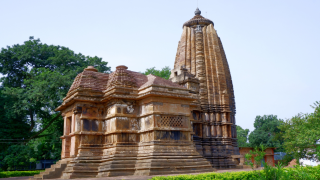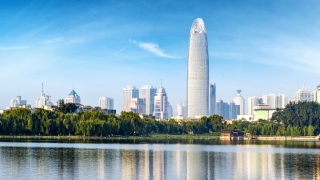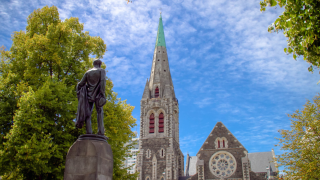 LOANWORD
LOANWORD The Kanji Representation of Monaco is “摩納哥” — A Place Known Worldwide for Its High Cost of Living and Image as One of the Most Luxurious Destinations for the Wealthy
Surrounded by the light of the Mediterranean, “摩納哥” (Monaco) stands at the crossroads of global finance and culture. In its harbors lined with yachts and streets filled with supercars, people from all over the world — not only the wealthy but also those who cherish art and sport — gather to experience a lifestyle that defines luxury and aspiration.









